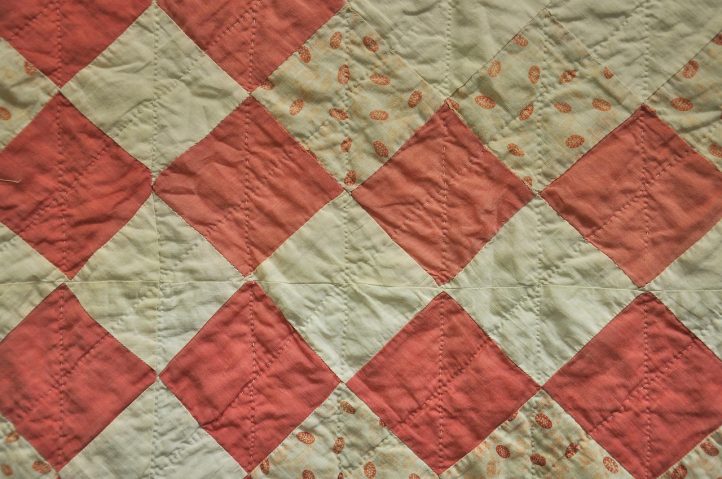
Photo provided by designer
Just as the United States was originally built on a pioneering spirit, being able to call on that spirit of resourcefulness and practicality was an asset when, in 1929, the world was pulled into the abyss of an economic downturn known to history as the Great Depression. Everyone was affected by the Depression in some way; lives and society in general were changed forever.
The Beginning of the Great Depression
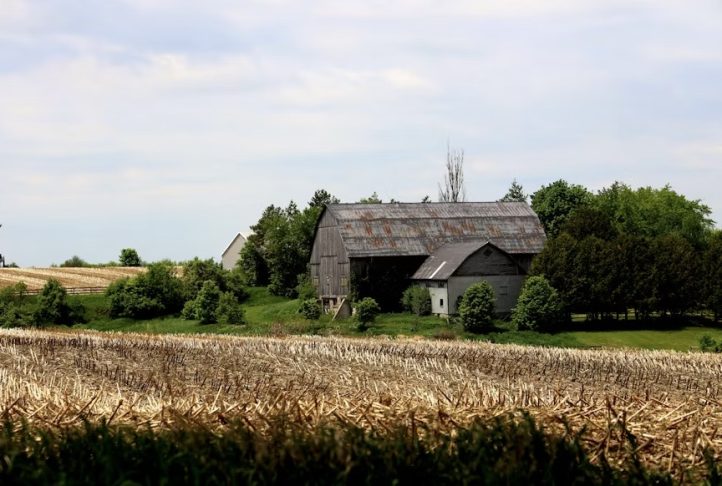
Photo provided by designer
People who thought themselves made immune because of their wealth were plunged into penury overnight and I suspect that the people to come out of the experience, the best were those who had never known luxury.
I have read many, many accounts of people worldwide who had good coping skills because poverty was a visitor often seen at the door. Especially those living in rural areas (and this accounted for many more than today), could feed themselves from the garden or farm and because supplies tended to be local, the community was immensely helpful, too. They could cook, tend vegetables and sew and that is where we come into the topic at hand.
Quilting and the Great Depression
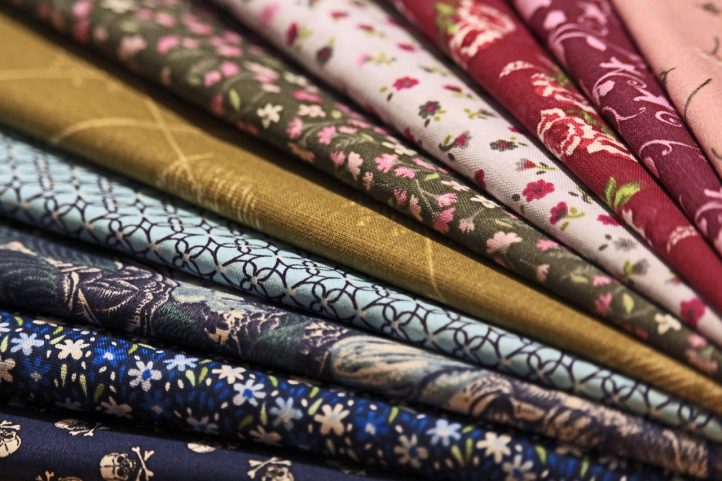
Photo provided by designer
As anyone who has ever darkened the door of a quilt supply shop will know, it is not cheap to make a quilt! Fabric, batting, and all of the lovely things that go with it adds up to an enormous sum if you are not paying strict attention. A handmade quilt is both a work of art and a valuable item. So how on earth was it managed during the Great Depression when people lived hand to mouth? Did materials change? Did styles change and are we still following these trends today?
The survivors of the Great Depression were resourceful people who could make a little go a long way. Quilting and, in particular, patchwork was an ideal occupation which added to the comfort of home. Patchwork and quilting is often put together under a catchall term but the distinction that I am making is an important one.
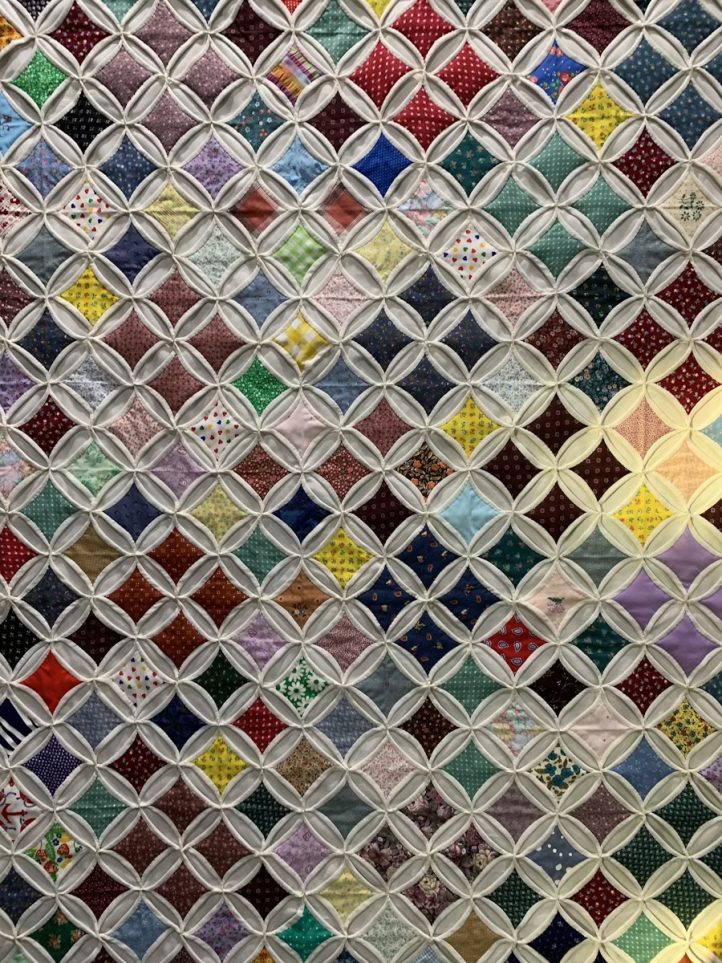
Photo provided by designer
Quilting refers to the process of laminating layers of fabric together, usually a top, batting and backing layer and not all quilts are made from patches. Patchwork on the other hand is the making of a decorative quilt top from small pieces of fabric. This is where the important bit comes in- enough small pieces of scrap fabric could be sewn together to make an enormous and warm quilt. The sort that might fetch a very high price today indeed. A whole cloth quilt would have been an unpardonable extravagance in many households. The genius of quilt making is in the fact that small, almost ‘rubbishy’ pieces of fabric (far too small to be interesting for clothes or curtains) could be put together and they could be assembled in such a beautifully kaleidoscopic way as to make the modern viewer forget that things were so desperate.
Patchwork and quilting lifted the morale of the maker and the user and underscored several times the essential skill of using every last scrap. It was recycling at its very, very best. It was actually the birth of upcycling, a trendy name which would not see the light of day for many decades.
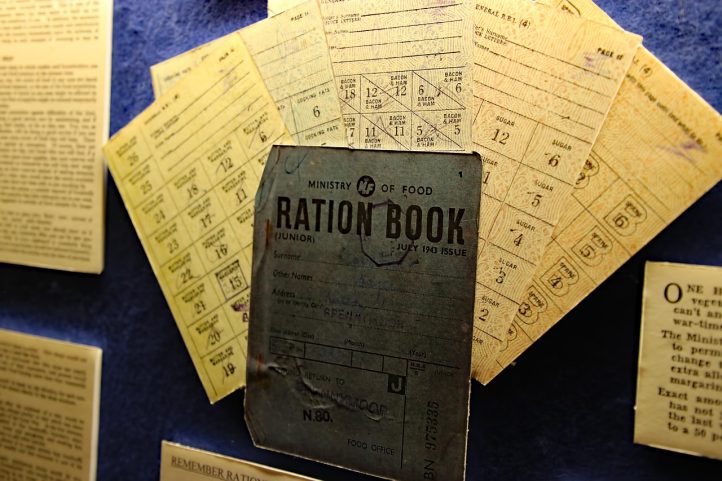
Photo provided by designer
And across the pond, the British cousins were singing from much the same hymn sheet, right into the war years with the famous ‘Make Do and Mend’ slogan which supported the rationing years. On one thing we could all agree, survival and even basic comfort relied on knowing how to do things, knowing where to access needs and being willing to put the two concepts together.
Put simply, quilts became a symbol of the values of the time; make do and do it yourself- just because money was short, didn’t mean that creativity and imagination was.
The Benefits of Quilting
But actually, to think that the only reason that women made quilts was because there was a need is also not quite right. Quilting was also entertainment. As humans, we have not really changed that much over the years. We are aware of our basic needs but we also have an inherent sense of wanting to enjoy our time.
The government of the day helped out by running programs such as the Works Progress Administration where women who needed the sewing and quilting skills could learn them and women in more traditional settings learned from previous generations. This brought them together in community activities which would build on the basics and problem solve as a group. But although the focus might be on the quilt, it was also a brilliant way for women to mix, to swap stories and to build strong bonds across many generations.
They became competitive, too, adding to the fun and distraction by displaying increasingly impressive ability- using tiny, tiny blocks or fitting more pieces into a Double Wedding Ring design.
Fabric, Design, and Creativity
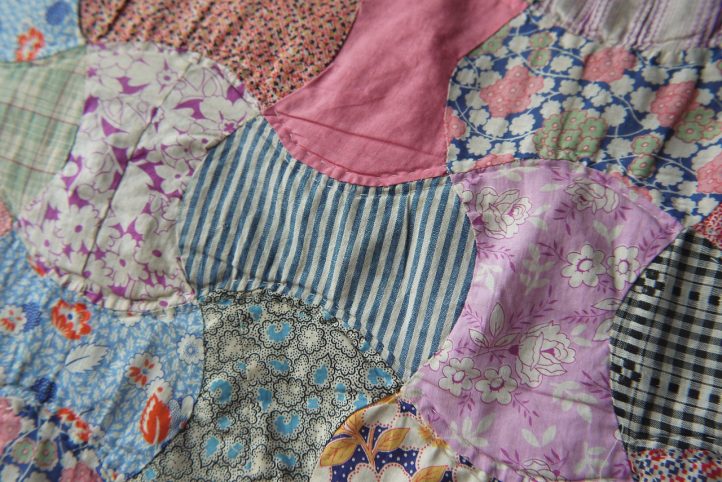
Photo provided by designer
We often have ideas that, back in the day, the quilt colors and fabrics were quite muted and although there was a trend towards this for the Colonial Era revival quilts, the quilts of the Depression Era and into the thirties were as bright as they could be. Bright pastels and pinks were popular and it feels as though this was a fight against the darker economic atmosphere.
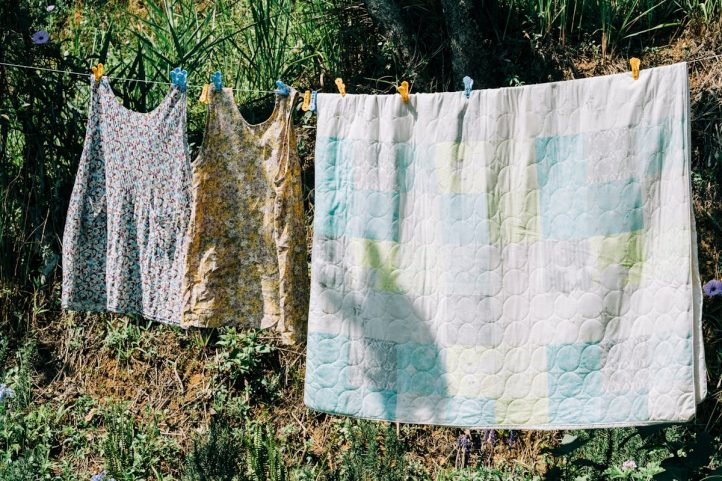
Photo provided by designer
One story that I love about quilting during the 1930s is how the feed companies responded to the need for nicer fabrics by printing their feed sacks with pretty floral patterns in fashionable colors. Women would then use these to make clothing and homewares. One feed sack could make an item of children’s clothing and three identical sacks would make a woman’s dress. Feed sacks were traded and bartered and could be chosen with different items of food within depending on the fabric and its desired use. Sugar sacks, for example, had a finer weave and animal fodder sacks were normally coarser. All dry goods such as beans, cornmeal, sugar, rice and even fertilizer could be selected based on the bag that it came in.
These sacks then went on to have a new life as the much needed clothing and homewares including quilts.

Photo provided by designer
But it would be a mistake to think of the use of feed sacks for clothing and quilting to be confined to the 1930s. The thrifty ideals born during the Depression years carried through to the 1940s when although the economy improved somewhat, resources were still rather scarce so the lessons learned went from pure conservation to patriotic duty. During the war years, women of all income levels were using feed sacks to make items for the family and home.
The “Scrappy” Look
So what has changed and what is still the same? Although quilting during the Depression years were certainly made to answer a need, they were also made as a hobby. Even during times of dire need, people have continued with hobbies in one form or another. The use of that hobby may have been more utilitarian in some eras but there was still a kernel of enjoyment and community.
We still enjoy some of the patterns made popular during the depression. The Double Wedding Ring, Grandmother’s Flower Garden and Trip Around the World are still blocks being made today and you might be surprised to know that during the Depression, scrappy quilts were not just a need but there was an element of snobbery involved even then. The scrappy look was trendy because it hinted at a maker’s access to an abundant stash of fabric. This was a surprise to me when I was researching this article. I actually assumed that thrifty women would search through piles of old family clothing, desperately searching for a piece that was big and un-mended enough to cut a patch from. That assembling a quilt would take a long time as they collected scraps, traded them and generally assembled enough ‘good’ fabric to do the job.
Apparently not so at all! I assume that this certainly was the case for some but certainly not all and this scrappy look could actually be bought as Sears, Roebuck and Company and the Ladies Art Company responded to the trend by offering scraps and in the case of the latter company, pre-cut kits as early as 1922.
Coordinated kits were available for those who had a bit of extra cash but no stash and for people who were a little further down the economic ladder, scrappy pieces would be cut from larger pieces to fake the look.
Well that alone serves to remind me not to assume anything! I actually feel as though this rather positive note is the best place to end- it shows that women of the era were strong and still had their pride intact. It takes a lot more than a major economic downturn followed by a world war to rob the pioneering spirit of its dignity!
